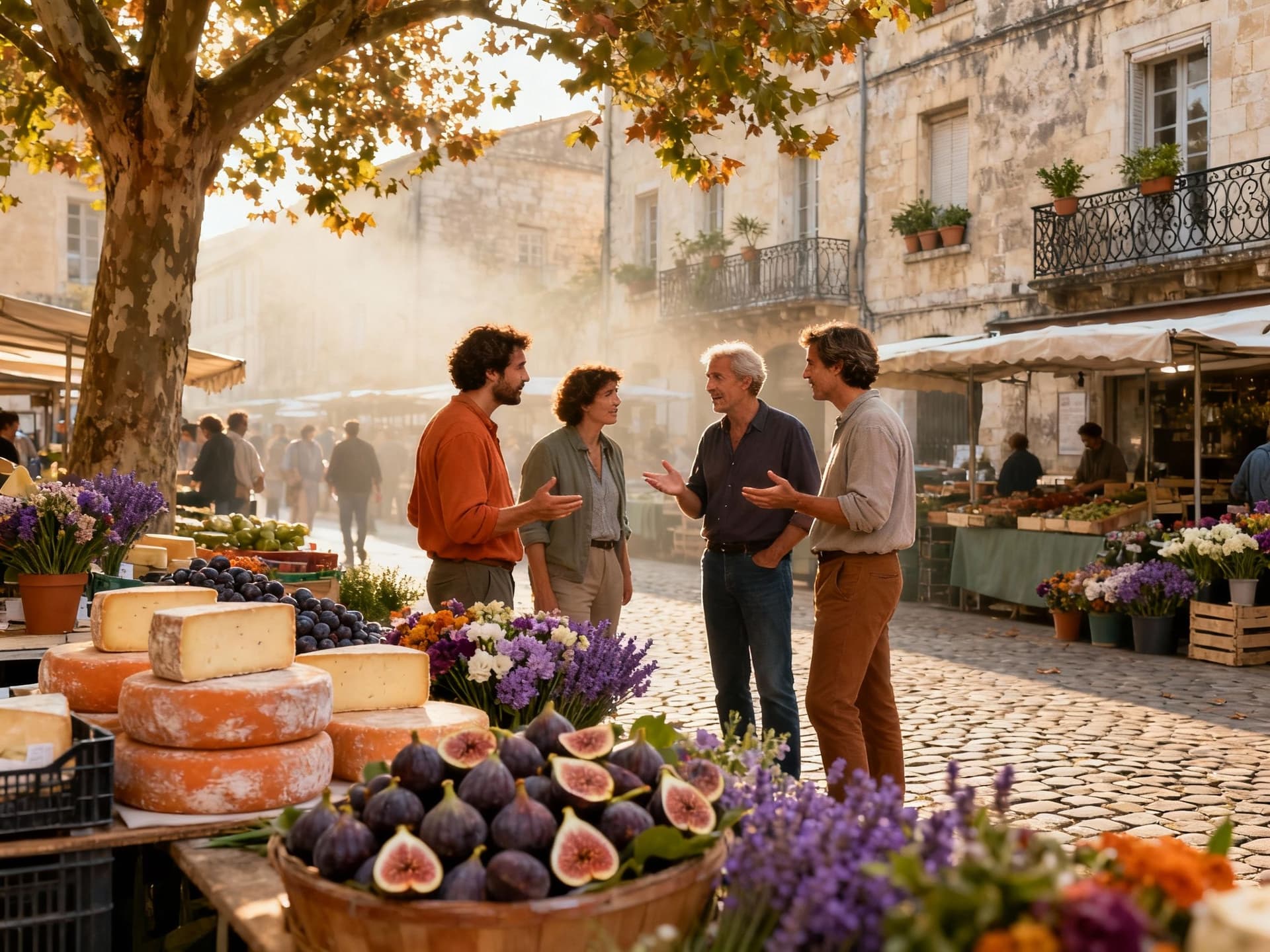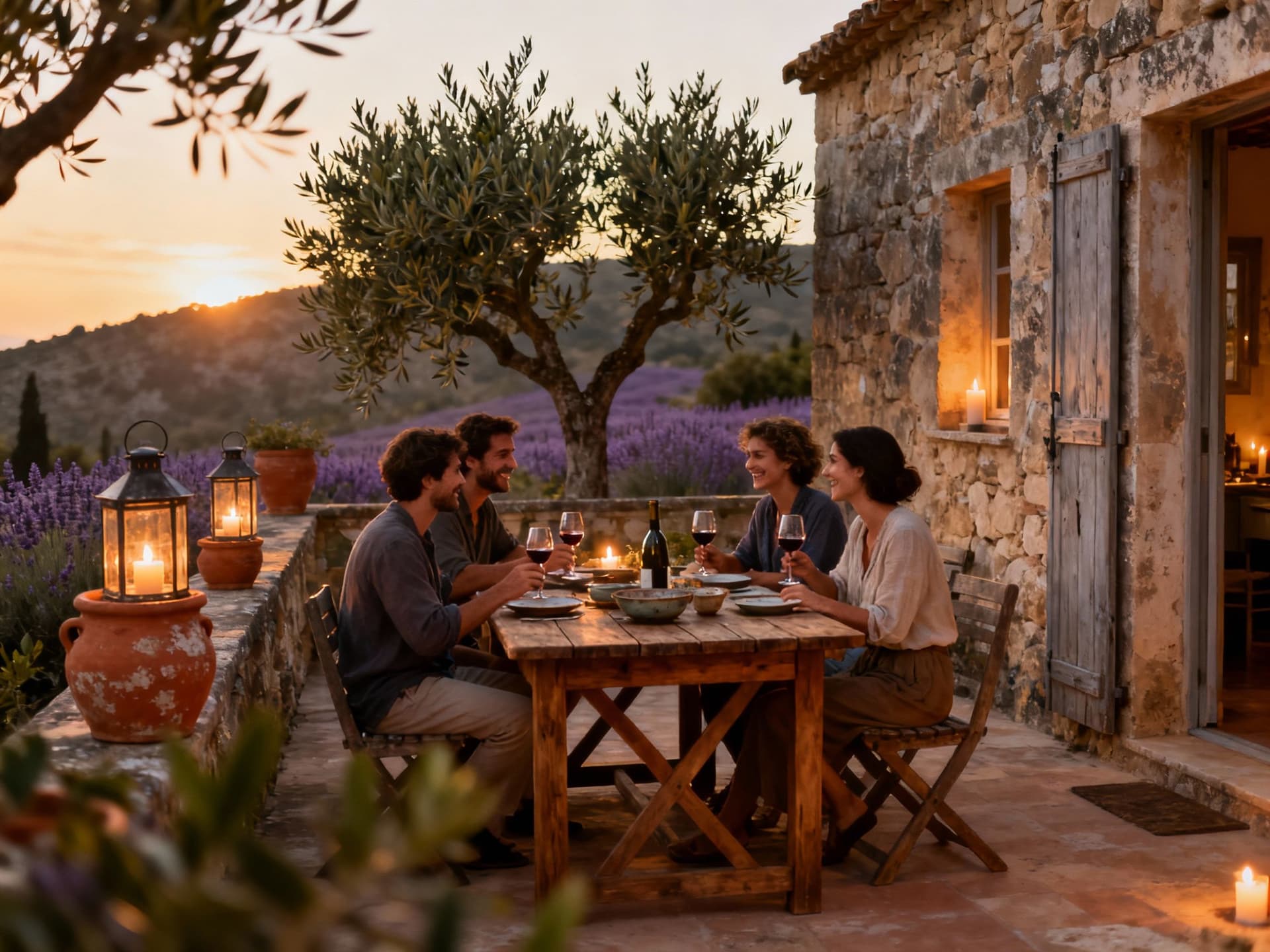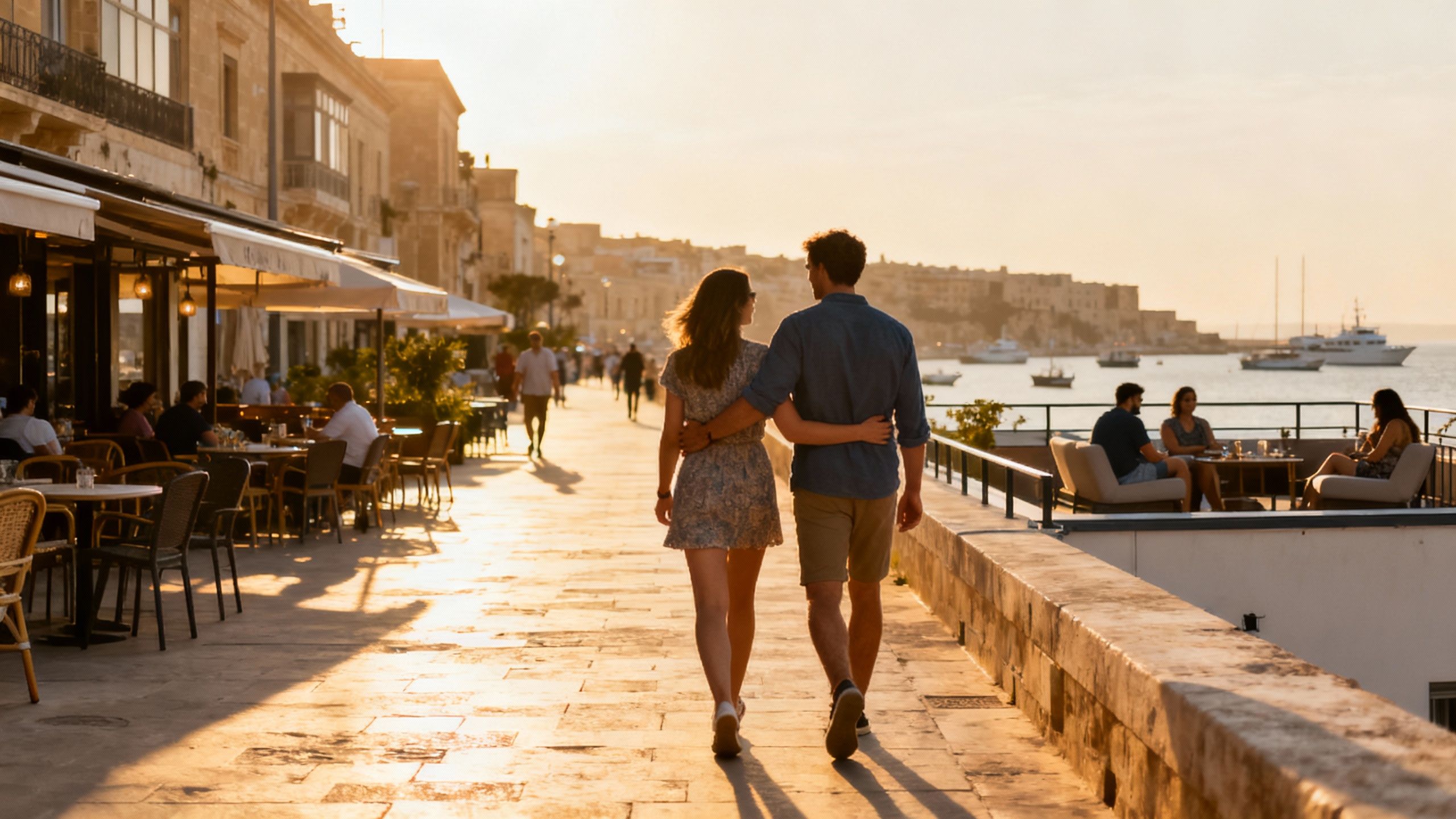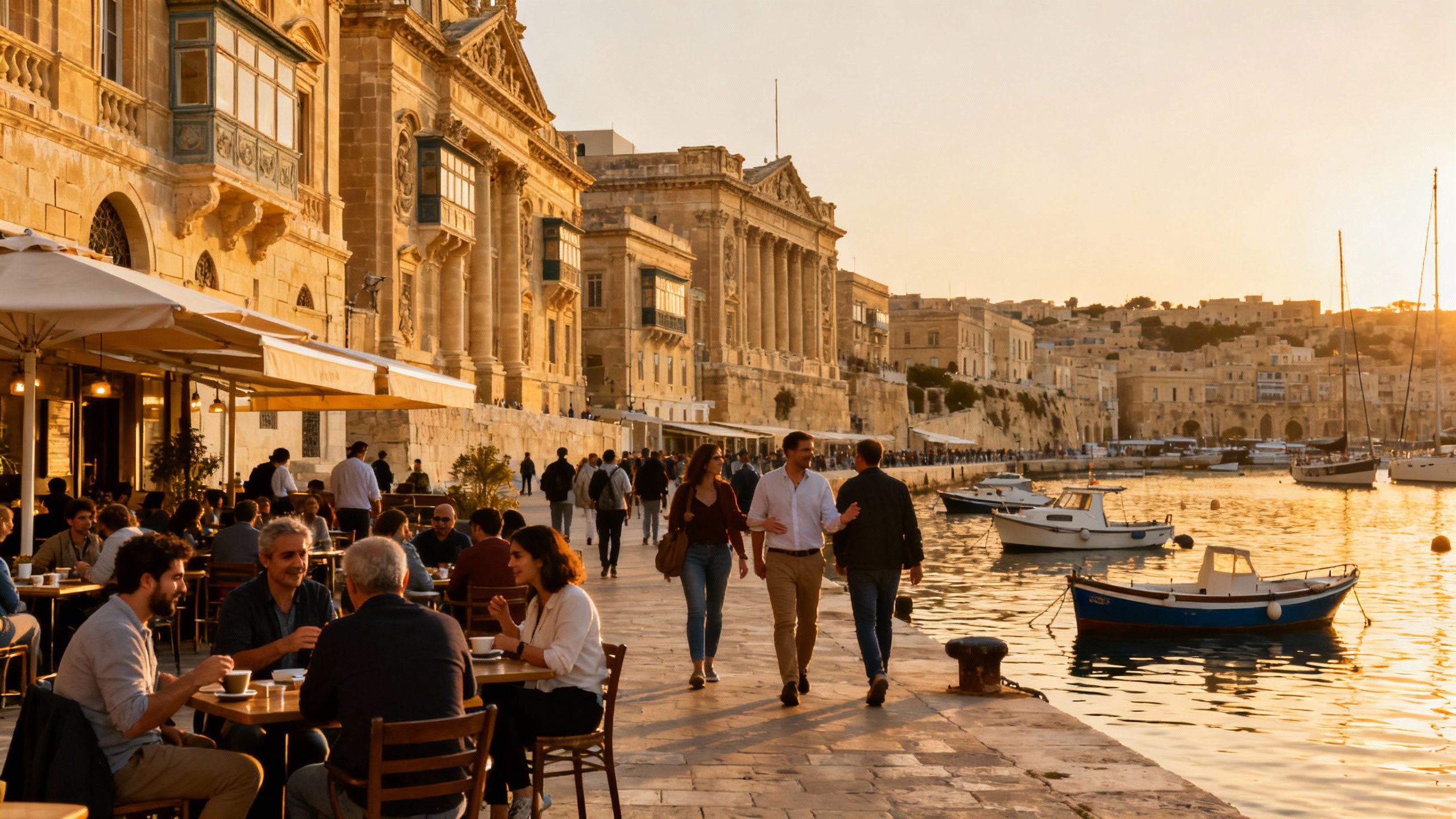Why Provincial France Often Outperforms the Riviera
Provincial rhythm, not Riviera spectacle, often protects value in France; INSEE data show stabilising prices—choose neighbourhoods that fit how you want to live.
Imagine a Saturday morning at the Marché des Capucins in Bordeaux: figs still warm from the sun, a baker folding pain au levain into paper, a neighbour pausing to exchange household tips. This is not the Côte d’Azur postcard; it is the provincial rhythm that shapes daily life in much of France — local markets, modest scale, and architecture that rewards attention. For international buyers who picture France as only riviera glamour or Parisian hauteur, a more nuanced map is overdue.
Living the French Rhythm: Beyond the Riviera

Life in France is defined by neighbourhood particulars as much as national reputation. In Lyon’s Croix-Rousse you feel the silk-weavers’ history beneath your feet; in Aix-en-Provence the plane trees structure afternoons; in Biarritz surfers and grand‑maison owners share the same promenade. The point is not to romanticise but to notice: architectural fabric, the scale of streets, the cadence of cafes — these determine which property will feel like home.
City pockets that feel like villages
Paris offers many micro‑worlds: the painted façades of the 16th arrondissement, the bookshop-lined streets of the 5th, and the quieter residential lanes of the 14th where families still meet at local cafés. For buyers after provenance and discretion, these pockets matter more than headline price tags; a well‑placed pied‑à‑terre in a residential rue can offer both serenity and immediate access to salons, theatres and private schools.
Provincial life: markets, terroir, and small‑scale craft
Away from capitals and coasts, weekdays are ordered by market days, boulangerie runs and vineyard work. That lifestyle is coupled with property types — stone farmhouses in Dordogne, townhouses in Aix, elegant appartements in Bordeaux — each demanding a different stewardship ethic. Recent French data show prices stabilising and returning to modest growth in early 2025, a reminder that long‑term value often lives outside the flashiest zip codes.
Making the Move: Practical Considerations that Preserve Lifestyle

Turning a lifestyle desire into an address requires translating local rhythms into property choices. Does the quartier host a daily market? Are weekend trains reliable? Is there a neighbourhood boulangerie that closes at noon? These seemingly small questions shape the living experience and, crucially, the suitability of a property for long visits, rental income or multigenerational use.
Property types and how they serve daily life
A 19th‑century hôtel particulier in a provincial capital offers formal rooms, high ceilings and a garden for large gatherings; a restored farmhouse near Provence trades manicured gardens for olive groves and utility buildings that require specialist maintenance. Match the house’s bones to the life you intend to lead: quiet mornings and long table dinners demand different layouts from a seasonal rental strategy driven by high summer occupancy.
Working with local expertise that protects the lifestyle
A specialist agent does more than show inventory; they decode neighbourhood customs (market days, rubbish collection timing), advise on seasonal wear (north‑facing timber in Alpine communes needs attention) and surface off‑market opportunities. Use advisors who can translate lifestyle intent into a shortlist of properties that will truly function as home, not merely as an address on a map.
- Check local rhythms before bidding: market days, school hours, train frequency, winter road clearance, and the nearest artisan trades (plumbers, stonemasons).
- Inspect serviceability: cellar humidity, slate roof condition, quality of period joinery and whether restoration used traditional materials.
- Confirm agricultural or heritage constraints (conservation orders, ABF restrictions) that influence what you may alter.
Insider Knowledge: What Expats Wish They’d Known
Expats repeatedly tell the same stories: they underestimated the small daily frictions and overestimated the ease of integrating. Language matters for the mundane — negotiating a gardener, understanding municipal taxes, or arranging local utilities — and so does the rhythm of commerce. These are solvable problems with local partners, but awareness reduces friction on arrival and preserves the pleasure of place.
Cultural cues that shape neighbourhood life
Neighbourhood sociability in France is often mediated through institutions: a church fête, a longstanding boulangerie, or a communal pétanque pitch. Accepting these local anchors — rather than attempting to recreate foreign social habits — hastens integration. Practically, this means choosing a quartier with the amenities you appreciate and allowing time for small generosity to build reciprocal ties.
Longer‑term stewardship: think generations, not Instagram
Properties of enduring value combine architectural integrity with thoughtful maintenance. Recent indices indicate modest national recovery in early 2025, but the most reliable appreciation comes from houses and apartments in places with cultural infrastructure and constrained supply. If you care about provenance and care, factor in the long view: specialist restoration, local artisan networks and conservation compliance are part of purchase cost and legacy.
- Begin with lifestyle priorities; shortlist neighbourhoods that support them; commission local surveys; secure municipal and heritage clarity; appoint a trustee‑level local agent to manage the process.
- Prioritise a specialist inspector (charpenter, mason, historic fabric expert), then request quotes for essential restoration works ahead of exchange.
- Plan for seasonal use: confirm heating systems for winter visits, garden maintenance for summer, and community arrangements for long absences.
Picture the transformation: you arrive on a cool March morning, the café terrace fills with locals, your new street feels known rather than anonymous. The practical steps above are the scaffolding that permits such moments to feel effortless. With deliberate selection and local counsel, France offers both a life well lived and a property that rewards care.
If this resonates, begin with a conversation that places lifestyle first. An agent who knows which streets hum with morning markets, which maisons respect their period details, and which communes welcome careful restoration will save time and preserve the life you imagine. The data show stabilising prices; the real advantage belongs to buyers who pair taste with local knowledge.
Dutch former researcher who moved to Lisbon, specialising in investment strategy, heritage preservation, and cross-border portfolio stewardship.


